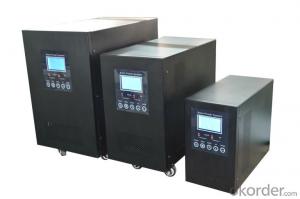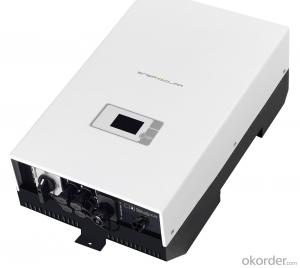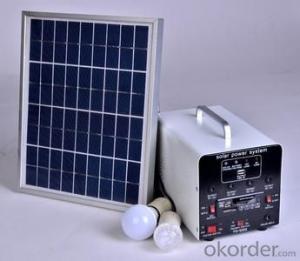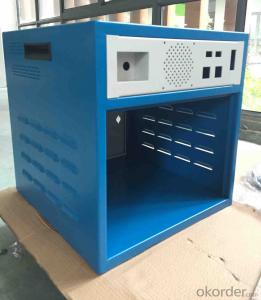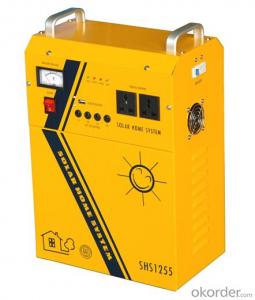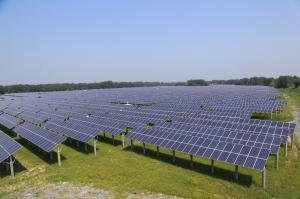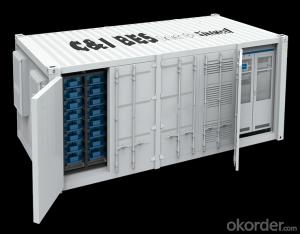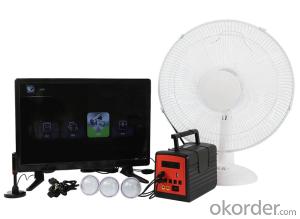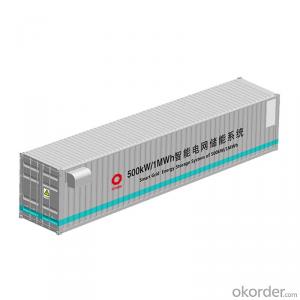Solar Inverter Generator
Solar Inverter Generator Related Searches
Ac Inverter For Solar Panels Solar Panel With Ac Inverter Gas Furnace With Ac Panda Hot Water Bottle Cover Minion Hot Water Bottle Cover Abb Solar Water Pump Inverter Solar Water Pump Philippines Extra Long Hot Water Bottle Solar Panel Dc To Ac Inverter Old Fashioned Hot Water BottleHot Searches
10 Kw Solar Inverter Price 10 Kva Solar Inverter Price 200 Watt Solar Inverter Price Solar Inverter Price Per Watt 500 Watt Solar Inverter Price Solar Inverter 500 Watt Price 1000 Watt Solar Inverter Price Solar Inverter 1000 Watt Price 800 Watt Solar Inverter Price 5000 Watt Solar Inverter Price 1600 Watt Solar Inverter Price Solar Inverter Best Company Solar Inverter Cover Stratco Solar Inverter Research Paper Solar Inverter Fire Risk Top Solar Inverter Companies Solar Edge Inverter Sizes Solar Inverter User Manual Tesla Solar Inverter Manual Solar Inverter Buy OnlineSolar Inverter Generator Supplier & Manufacturer from China
Okorder.com is a professional Solar Inverter Generator supplier & manufacturer, offers integrated one-stop services including real-time quoting and online cargo tracking. We are funded by CNBM Group, a Fortune 500 enterprise and the largest Solar Inverter Generator firm in China.Hot Products
FAQ
- The performance of solar panels degrades over time due to several factors. One of the main reasons for degradation is the natural wear and tear that occurs as solar panels are exposed to environmental elements such as sunlight, temperature fluctuations, and weather conditions. Over time, these factors can cause a gradual breakdown of the materials used in solar panels, leading to a decrease in their efficiency. Another factor that contributes to the degradation of solar panels is known as the "light-induced degradation" or "LID". LID occurs in the initial period after the installation of solar panels, where the efficiency of the panels can decrease by up to 2-3%. This is caused by the interaction between sunlight and the boron-oxygen defects within the silicon used in the panels. However, this degradation stabilizes after a certain period, usually within a few months. Furthermore, the accumulation of dirt, dust, and debris on the surface of solar panels can also impact their performance. This build-up reduces the amount of sunlight reaching the solar cells, thus reducing their efficiency. Regular cleaning and maintenance are necessary to mitigate this issue. In addition to these physical factors, the overall performance of solar panels can also degrade due to electrical factors. Over time, the electrical connections within the panels may loosen or corrode, leading to a decrease in their efficiency. This is why routine inspections and maintenance are crucial to identify and rectify any electrical issues that may arise. It is important to note that despite the degradation, solar panels are designed to have a long lifespan. Most manufacturers provide warranties for 25 years or more, ensuring that the panels will continue to generate electricity efficiently throughout their lifetime. Regular maintenance, cleaning, and monitoring can help minimize degradation and ensure optimal performance for many years.
- Solar energy is an incredibly efficient and versatile renewable energy source that offers numerous advantages over other renewable energy sources. The first advantage is its abundance and wide availability. Derived from the sun, which is an endless source of energy, solar energy is more reliable and sustainable compared to sources like wind or hydroelectric power, which rely on specific weather conditions or geographical features. Moreover, solar energy is a decentralized source, allowing it to be generated and used at the point of consumption. This eliminates the need for extensive transmission infrastructure, which is often necessary for other renewable sources like geothermal or tidal energy. By installing solar panels on rooftops or in open spaces, individuals and businesses can generate their own electricity and reduce their dependence on the grid. In terms of its environmental impact, solar energy is considered one of the cleanest energy sources available. Unlike fossil fuels, it does not produce harmful emissions or contribute to air pollution. It also requires minimal water usage, which is especially important in areas with water scarcity, unlike hydroelectric power. By harnessing the power of the sun, solar energy helps combat climate change and reduces our reliance on finite resources. Additionally, solar energy has become increasingly cost-effective in recent years, with the cost of solar panels and installations significantly declining. This has made it more accessible to a wider range of individuals and businesses, resulting in rapid growth in the solar industry. In comparison, other renewable energy sources may still require more investment and have higher operational costs. However, it is important to note that solar energy does have limitations. It is intermittent, only available during daylight hours and susceptible to weather conditions. Nevertheless, advancements in energy storage technologies, such as batteries, are addressing this limitation by allowing solar energy to be stored for use during non-sunlight hours. In conclusion, solar energy stands out as a renewable energy source due to its abundance, reliability, decentralization, environmental benefits, and decreasing costs. As we strive for a more sustainable energy future, solar energy plays a crucial role in meeting our energy needs while minimizing our impact on the environment.
- Yes, a solar energy system can be installed in areas with high humidity. While high humidity can affect the efficiency of solar panels to some extent, it does not completely prevent the installation or functioning of solar energy systems. The performance of solar panels is primarily influenced by the amount of sunlight they receive rather than humidity levels. However, it is important to note that excessive humidity or moisture can potentially lead to corrosion or damage to the electrical components of the system. Therefore, proper precautions and maintenance should be undertaken to ensure the longevity and optimal performance of the solar energy system in high humidity areas.
- Yes, solar energy systems can definitely be used to power agricultural operations. Solar panels can be installed on rooftops or in open fields to generate electricity, which can then be used for various agricultural activities such as irrigation, lighting, and powering machinery. Solar energy provides a sustainable and cost-effective solution for powering farms, reducing reliance on fossil fuels and helping to mitigate environmental impact.
- Yes, solar energy systems can definitely be used for powering outdoor signage. Solar panels can be installed on the signage structure to capture sunlight and convert it into electricity, which can then power the signage system. This offers a sustainable and environmentally friendly solution, reducing the need for traditional electricity sources and minimizing carbon emissions. Additionally, solar-powered outdoor signage can be installed in remote areas where access to electricity is limited or costly, making it a practical and efficient choice.
- Yes, solar energy systems can be used for both air purification and water treatment. Solar-powered air purifiers utilize photovoltaic panels to generate electricity to power air filtration systems, removing pollutants and improving air quality. Additionally, solar-powered water treatment systems use solar energy to power pumps and filtration processes, making it possible to purify water from various sources, such as rivers or wells, for safe drinking or irrigation purposes.
- Yes, solar energy systems can definitely be used in powering greenhouses or nurseries. Solar energy is a renewable and sustainable source of power that can be harnessed through the use of solar panels. These panels convert sunlight into electricity, which can then be used to power various devices and systems within a greenhouse or nursery. The use of solar energy in these settings offers several benefits. First and foremost, it helps reduce reliance on non-renewable energy sources such as fossil fuels, which contribute to greenhouse gas emissions and climate change. By using solar power, greenhouse and nursery owners can significantly reduce their carbon footprint and contribute to a cleaner and greener environment. Solar energy systems are also cost-effective in the long run. While the initial installation costs may be higher compared to traditional energy sources, solar panels have a long lifespan and require minimal maintenance. Once installed, they can generate electricity for decades, providing a reliable and consistent source of power for the greenhouse or nursery. This can lead to significant energy savings over time, helping to offset the initial investment. Furthermore, solar energy systems can be designed to meet the specific energy needs of greenhouses and nurseries. These facilities often require a consistent and reliable source of electricity for various functions, such as lighting, heating, ventilation, and irrigation systems. Solar panels can be installed in a way that maximizes energy production and ensures a steady supply of power throughout the day, even during periods of low sunlight. In addition to powering the facility, solar energy systems can also be used to store excess electricity in batteries. This stored energy can be utilized during cloudy days or at night when sunlight is not available, ensuring uninterrupted power supply to the greenhouse or nursery. Overall, solar energy systems are a viable and sustainable solution for powering greenhouses and nurseries. They offer environmental benefits, cost savings, and a reliable source of electricity, making them an attractive choice for those in the agricultural industry.
- Solar energy systems offer several benefits. To begin with, solar energy is an endless source of power, relying on the sun's continuous existence. This stands in stark contrast to finite fossil fuels, which are depleting rapidly. Furthermore, solar energy is environmentally conscious. Unlike fossil fuels, solar energy systems do not release harmful greenhouse gases or pollutants that contribute to climate change and air pollution. This makes solar energy a clean and sustainable alternative that aids in reducing our carbon footprint and countering the adverse effects of global warming. Moreover, solar energy systems can significantly decrease electricity expenses. Once the initial investment in solar panels is made, the cost of harnessing solar energy remains relatively low. Solar energy is essentially free, with the only expenses being equipment maintenance and occasional repairs. This can result in substantial long-term savings on energy bills, especially considering the continuous rise in traditional electricity costs. Additionally, solar energy systems promote energy independence. By generating your own electricity, you become less reliant on utility companies and the fluctuating prices of fossil fuels. This independence enhances energy security, as solar energy systems are not susceptible to supply disruptions or price fluctuations caused by geopolitical tensions or natural disasters. Lastly, the installation of solar energy systems stimulates local economies and job creation. The solar industry has experienced significant growth, leading to the creation of numerous jobs in manufacturing, installation, and maintenance. This not only boosts the economy but also provides employment opportunities in a rapidly expanding sector. In conclusion, the benefits of solar energy systems are manifold. From being a renewable and environmentally friendly power source to reducing electricity expenses, providing energy independence, and generating jobs, solar energy proves to be a viable and sustainable solution for our energy needs.





